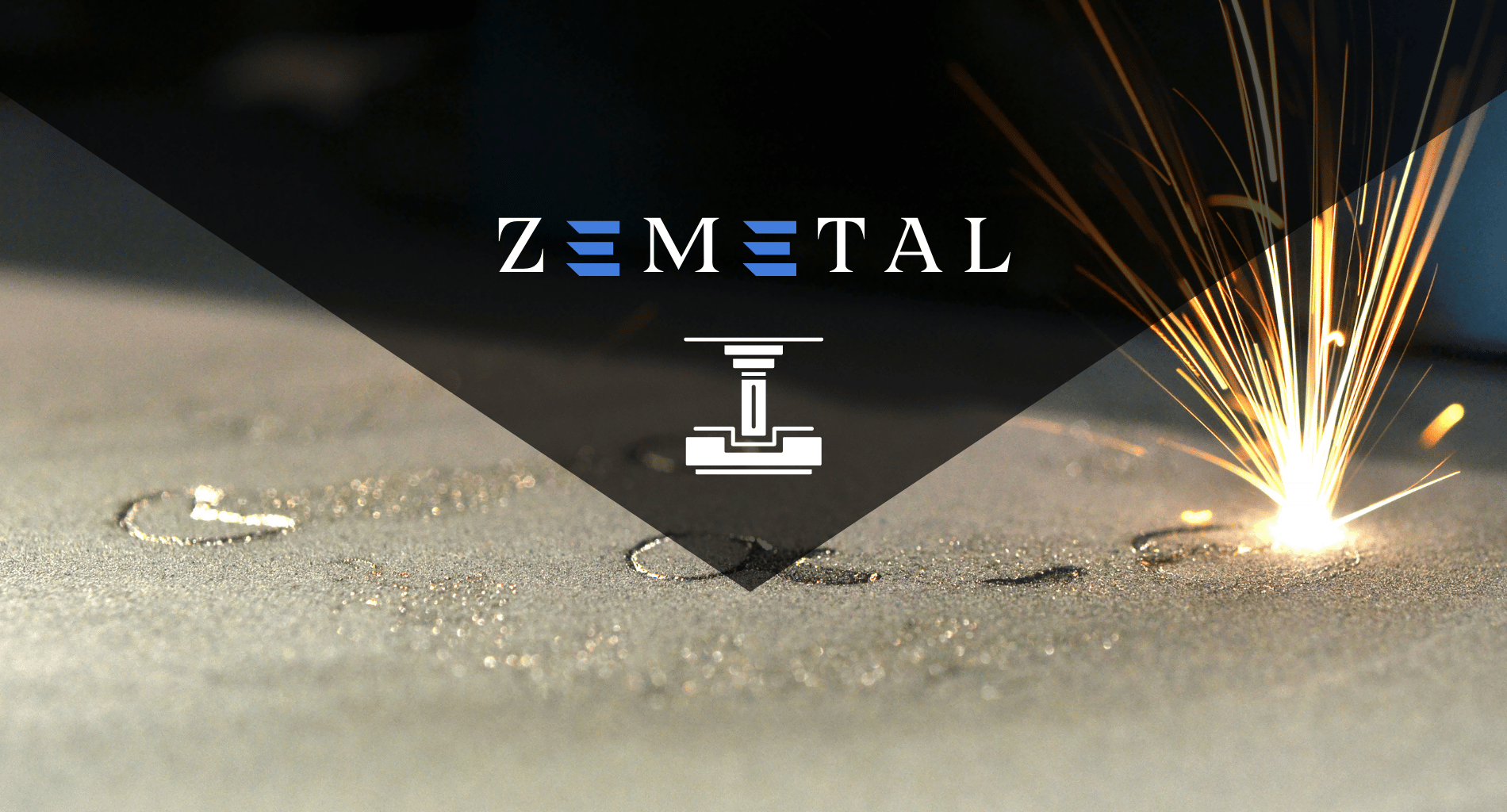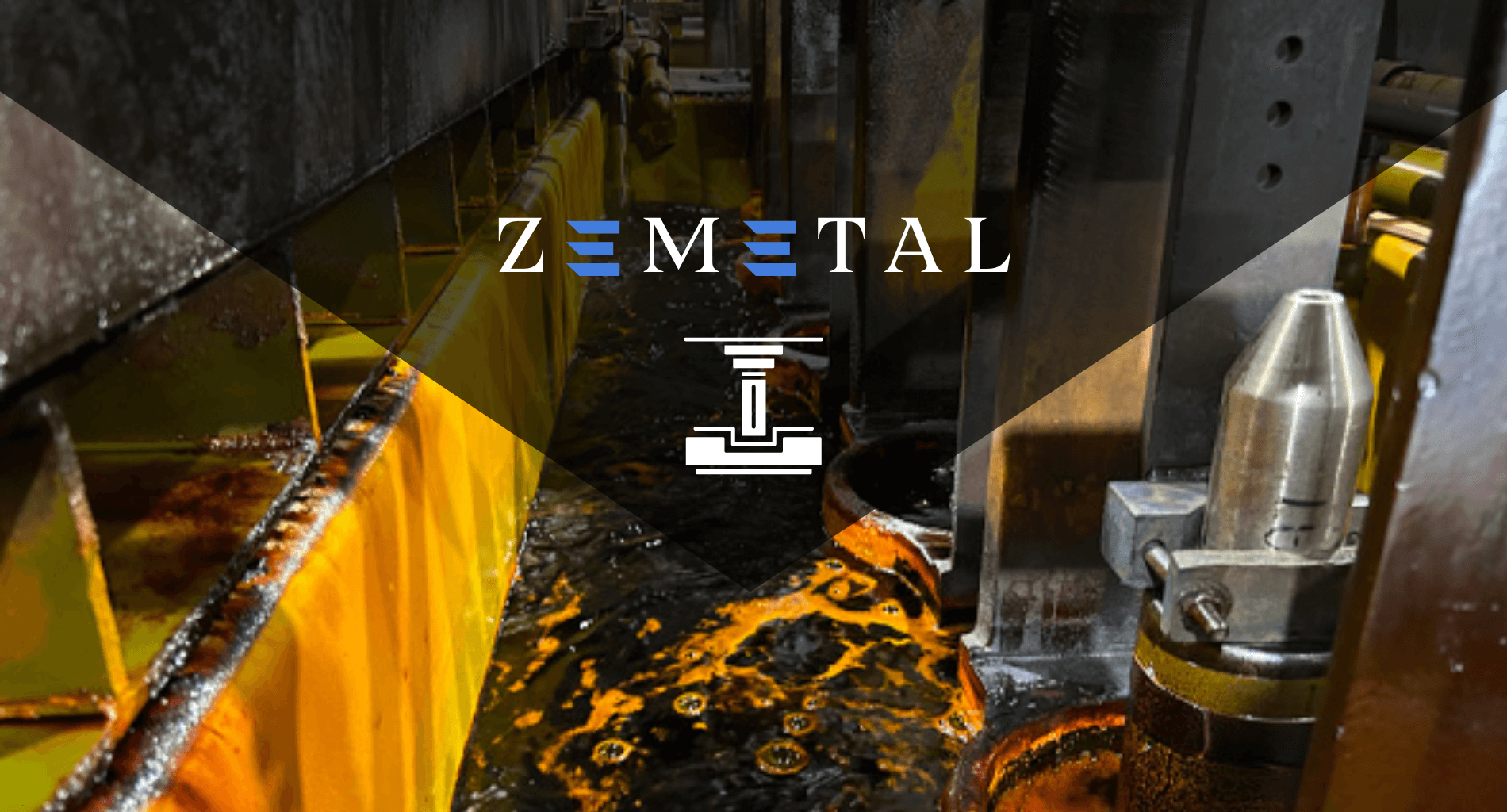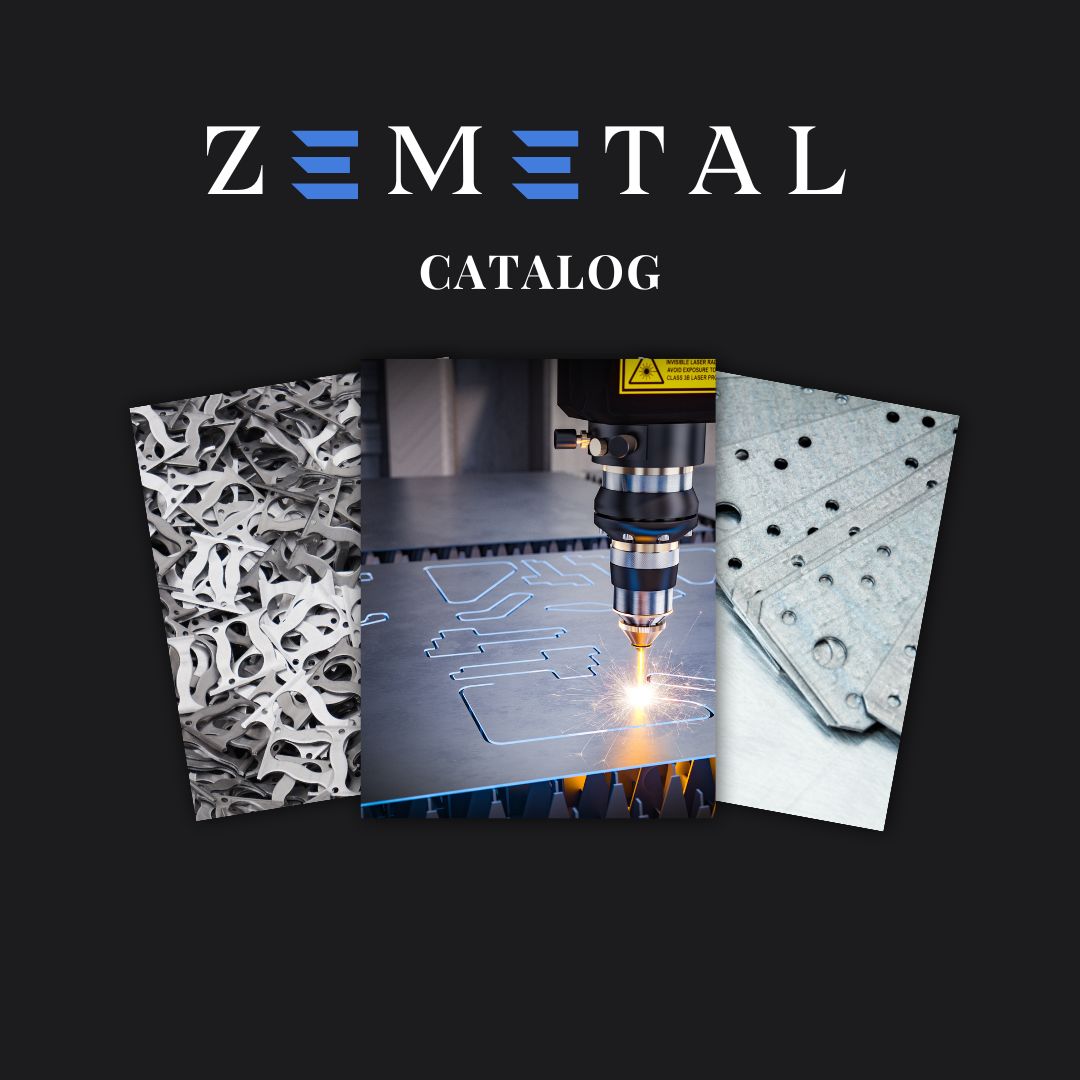Are you maximizing the protection and quality of your metal products with trivalent zinc plating? This method is transforming the industry with its superior corrosion resistance and safety features.
With years of experience in metal fabrication, I bring a wealth of knowledge and experience to the table, particularly in the realm of advanced coating technologies.
Trivalent zinc plating stands out for its eco-friendliness and performance. It offers superior corrosion protection and environmental safety, ideal for businesses seeking durable and sustainable products.
In this article, we’ll delve into the specifics of trivalent zinc plating, exploring its advantages, applications, and how it can transform your metal fabrication processes.
Read on to discover trivalent zinc plating’s transformative impact.
1. Basics of Trivalent Zinc Plating
Trivalent zinc plating stands as a modern marvel in the metal finishing industry, known for its exceptional corrosion resistance and environmental safety. This process involves the application of a zinc alloy coating, which then receives a trivalent chromium passivation layer, significantly enhancing the metal’s durability against various environmental factors.
With the global trivalent chromium finishing market expected to grow at a CAGR of 4.3% from 2023 to 2030, as per to grandviewresearch, this trend underscores the process’s growing importance. The process is favored for its ability to maintain high-quality finishes while adhering to stricter environmental regulations. Businesses seeking efficient, eco-friendly metal solutions increasingly view trivalent zinc plating as essential.
2. Advantages of Trivalent Zinc Plating
After exploring the basics of trivalent zinc plating, it’s clear why this method is gaining traction. Let’s delve into the specific benefits that make it a preferred choice for many in the industry:
Superior Safety Profile
Trivalent zinc plating is known for its superior safety profile compared to traditional plating methods. It significantly reduces hazardous waste and lowers exposure to toxic substances, making it a safer choice for workers and the environment. This safer approach aligns with increasing regulatory demands and public health awareness, offering businesses a way to maintain high standards of safety and care.
Trivalent zinc plating stands out for its enhanced safety and environmental benefits compared to conventional plating techniques. Here are five key aspects where it excels:
| Aspect | Benefits of Trivalent Zinc Plating |
| Hazardous Waste Reduction | Significantly reduces hazardous waste compared to traditional methods |
| Toxic Substance Exposure | Lowers exposure to toxic substances, enhancing worker safety |
| Worker Safety | Improves safety conditions for workers handling plating processes |
| Environmental Impact | Minimizes negative environmental impacts, supporting eco-friendly practices |
| Regulatory Compliance | Meets increasing regulatory demands for safer industrial processes |
Enhanced Corrosion Resistance
Trivalent zinc plating offers superior protection against corrosion, significantly extending the life of metal components. This process forms a robust barrier, shielding the underlying material from harsh environmental conditions. Industries that rely on long-lasting metal parts, such as automotive and construction, greatly benefit from this level of protection, ensuring reliability and longevity in their products.
Aesthetic Versatility
Trivalent zinc plating doesn’t just excel in protection and sustainability; it also offers a variety of aesthetic finishes. From bright and shiny to matte and subdued, the process can be tailored to meet specific visual requirements.This flexibility allows manufacturers to achieve the desired look for their products without compromising on quality or environmental standards, catering to a wide range of consumer preferences.
3. The Process of Trivalent Zinc Plating
Diving deeper into trivalent zinc plating reveals a process as detailed as it is effective. Here are the key stages that together ensure the high-quality finish and durability of the treated metals:
Step#1 Cleaning and Preparation
The first critical step in trivalent zinc plating is thorough cleaning and preparation of the metal surface. This ensures that any contaminants, oils, or residues are removed, allowing for a flawless coating application. It’s a meticulous process that sets the stage for optimal plating results, ensuring the longevity and quality of the finish.
Step#2 Zinc Coating Application
Following preparation, the metal is submerged in a solution containing zinc ions. Through the electroplating process, zinc is meticulously deposited onto the surface, creating a robust, adhesive layer that acts as the primary defense against corrosion. This crucial stage ensures the optimal thickness and uniformity of the coating, meeting stringent industry standards for quality and performance.
Step#3 Chromium Passivation
After zinc application, a trivalent chromium passivation layer is applied. This is where magic happens, transforming the zinc-coated surface into a highly corrosion-resistant material. The trivalent chromium provides additional protection and stability, enhancing the overall performance and durability of the metal.
Step#4 Post-Treatment
Once the plating and passivation are complete, the metal undergoes post-treatment. This may include rinsing, drying, and additional sealing processes to further enhance the coating’s protective properties. Each step is critical, ensuring that the fial product meets the high standards expected of trivalent zinc-plated materials.
Step#5 Quality Inspection
The final stage in the process is a rigorous quality inspection. Each piece is carefully examined to ensure that it meets the strict criteria for thickness, adhesion, and overall finish quality. This attention to detail guarantees that the metal components delivered to clients are of the highest standard, ready to perform in even the most demanding applications.
4. Industrial Applications of Trivalent Zinc Plating
Trivalent zinc plating isn’t just a process; it’s a vital component in various industries. Here’s a look at how this advanced coating technology is applied across different sectors, enhancing both product quality and longevity:
Automotive Industry
In the automotive industry, trivalent zinc plating is crucial for protecting components from the harsh conditions they face on the road. From engine parts to chassis and fasteners, the coating provides a durable shield against rust and wear. This ensures a longer lifespan for parts, which is essential in an industry where safety and reliability are paramount. This is a commitment to quality and performance that drivers can trust.
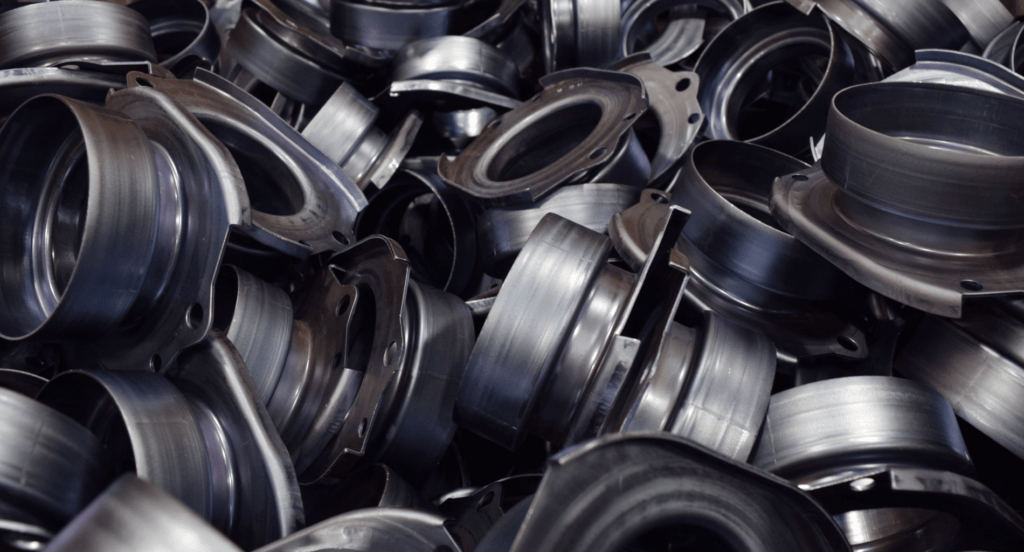
Construction and Infrastructure Industry
Trivalent zinc plating plays a significant role in the construction and infrastructure sector. Coated steel beams, fasteners, and connectors resist corrosion from moisture and chemicals, enduring the elements effectively. This not only extends the life of the structures but also reduces maintenance costs over time. Zemetal’s expertise ensures long-term protection for essential building and bridge components.
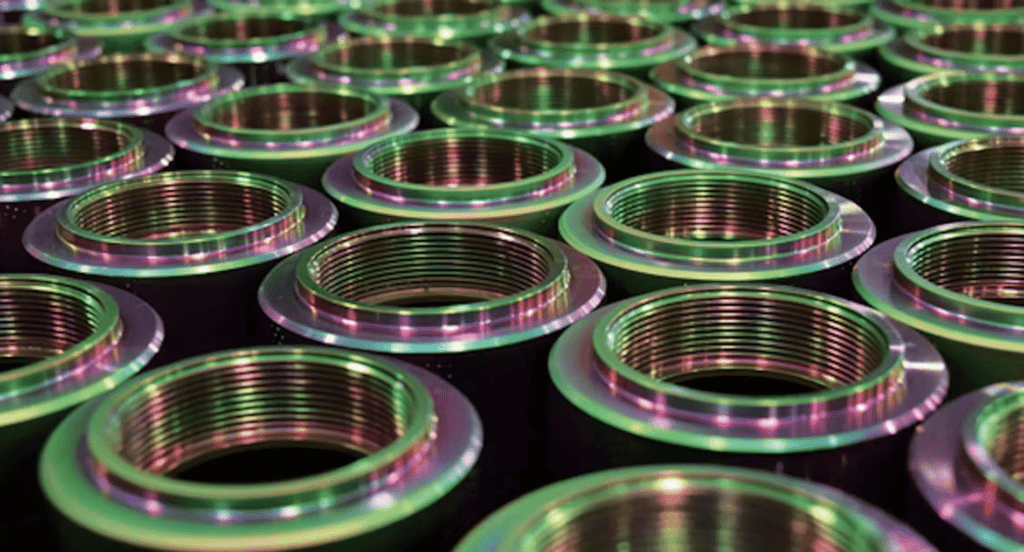
Electronics and Telecommunications Industry
In the electronics and telecommunications industries, trivalent zinc plating is vital for protecting components from corrosion without interfering with electrical conductivity. For example, connectors, switches, and other small components benefit from the thin, uniform coating, which enhances their durability and performance. In a field demanding precision and reliability, trivalent zinc plating’s superior protection is invaluable.
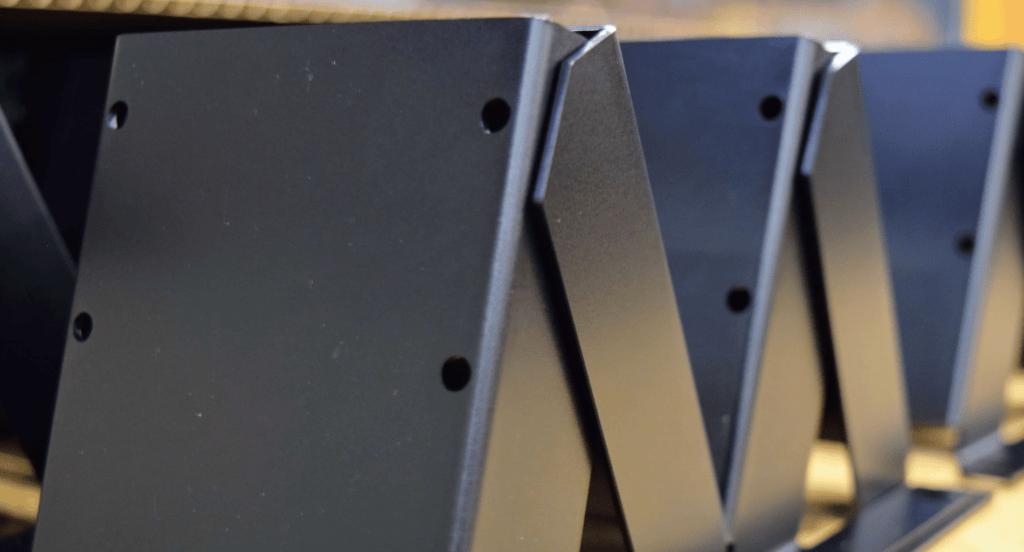
5. Cost Analysis of Trivalent Zinc Plating
Following its diverse industrial applications, a thorough cost analysis of trivalent zinc plating provides a clearer picture of its financial impact. Let’s explore the specific costs involved in implementing this advanced plating process:
Equipment and Setup Costs
Setting up for trivalent zinc plating requires a substantial initial investment in specialized equipment and facilities. The cost can vary widely depending on the scale of operations, but companies often find the investment justified by the increased durability and quality of coated components. For example, a small-scale setup might cost $10,000 to $40,000, while larger operations could run into $60,000 to $100,000.
Operational and Maintenance Costs
Monthly operational expenses for trivalent zinc plating can vary, but typically include electricity, labor, and material costs. Energy bills can range depending on the scale of operations, like $100 to $200 for medium-sized facilities. For labor costs, with skilled technicians’ higher wages adding significantly $10,000 monthly. Material costs for zinc and chemicals average $5,000 to $10,000 monthly, subject to usage and market.
6. Comparing Trivalent and Hexavalent Zinc Plating
In the realm of metal finishing, understanding the differences between trivalent and hexavalent zinc plating is crucial. Here’s a comparative table highlighting the key aspects that set these two processes apart:
| Feature | Trivalent Zinc Plating | Hexavalent Zinc Plating |
| Toxicity Levels | Lower toxicity, minimizing environmental and health risks. | Higher toxicity, with significant environmental and health concerns. |
| Cost Implications | Potentially higher initial costs, but may lead to long-term savings. | Generally lower initial costs but may incur future regulatory fees. |
| Color and Aesthetic Options | Broader range of aesthetic finishes available. | Traditionally offers brighter finishes. |
| Application Process | Often simpler and safer to handle and dispose of. | Complex handling and disposal due to toxicity. |
| Durability and Performance | Improved formulations offering comparable durability. | Long-established reputation for high durability and performance. |
| Future Outlook | Increasingly favored for its eco-friendliness and safety. | Potentially declining due to environmental and health regulations. |
Trivalent plating is praised for its eco-safety and improving performance, becoming popular as sustainability grows in importance. Meanwhile, hexavalent plating is traditionally favored for its durability and finish. Before choosing, it’s crucial to clearly understand your needs to select the most suitable plating option.
7. Technological Advancements in Trivalent Zinc Plating
As trivalent zinc plating continues to evolve, new technologies are enhancing its efficiency and effectiveness. Let’s explore the latest breakthroughs that are redefining the standards of this vital industry process:
Advanced Alloying Elements
Innovations in alloying elements have led to trivalent zinc plating solutions with improved characteristics. By incorporating elements like tin and bismuth, the industry is witnessing coatings with enhanced protective qualities and longevity. These advancements are crucial for sectors demanding the highest durability from their components.
Precision Control Systems
Integrating state-of-the-art control systems, Zemetal ensures real-time monitoring and adjustment of the trivalent zinc plating process. This cutting-edge technology guarantees uniform quality while optimizing the use of resources, enhancing both sustainability and cost-effectiveness. It represents a commitment to precision and excellence, continually raising the bar in metal finishing standards.
Nanotechnology Integration
The incorporation of nanotechnology in trivalent zinc plating is marking a significant leap forward. By manipulating materials at the molecular level, this innovative approach is creating coatings that are more uniform, durable, and resistant to corrosion than ever before. This progress enhances component performance and broadens industry applications, redefining standards in metal protection and finishing.
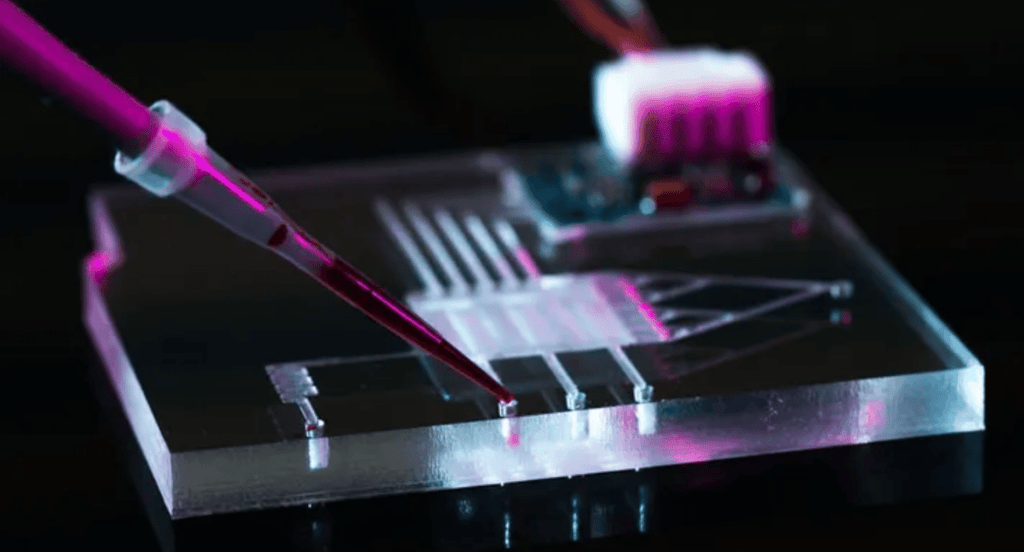
Conclusion
This guide has illuminated the intricacies and advancements of trivalent zinc plating, offering valuable knowledge to enhance your metal fabrication strategy. Armed with this information, you’re better equipped to embrace the benefits and innovations of this essential process for your business operations.
If you’re looking to elevate your metal components with trivalent zinc plating, Zemetal is your go-to partner. For more information or to discuss your needs, reach out to us. Your satisfaction is our priority.
Dive Deeper Into Our Resources
Looking for more diverse service options? Browse through our handpicked selections:
For some insightful reads, we’ve curated a list of recommended articles just for you:
Still haven’t found what you’re looking for? Don’t hesitate to contact us. We’re available around the clock to assist you.


